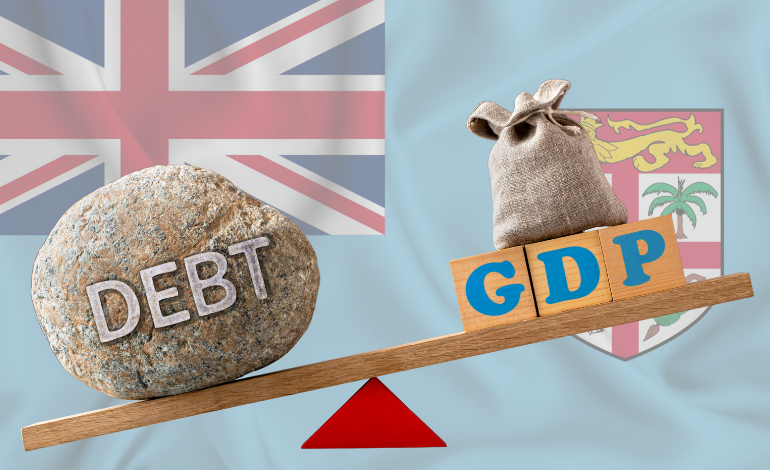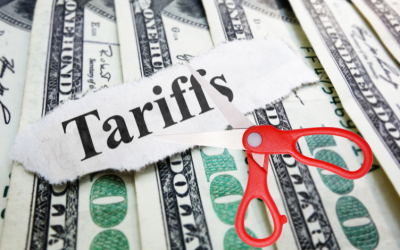Fiji’s debt-to-GDP ratio is projected to reach 77.5 per cent by the end of July 2025, equivalent to FJ$10.8 billion, as the government continues to navigate the complex balancing act between economic reform, infrastructure investment, and fiscal consolidation.
The latest figures, released as part of the 2025-2026 National Budget, show that domestic debt accounts for 64.9 per cent of the total, with key borrowing instruments including Fiji Infrastructure Bonds, Treasury Bills, and other securities. The remaining portion is made up of concessional loans and bilateral financing agreements with development partners.
Deputy Prime Minister and Finance Minister Professor Biman Prasad acknowledged the high level of debt but defended the strategy, citing the urgent need for investment in infrastructure, water supply, healthcare, and education. “We’ve had to make difficult but necessary decisions to rebuild the economy and restore essential services,” he said during his budget address. “This debt is not reckless –it is purposeful, targeted, and designed to support long-term growth.”
However, the government’s recent reduction in the Value Added Tax (VAT) from 15 per cent to 12.5per cent –introduced to help ease the cost-of-living pressures faced by ordinary Fijians– has raised concerns about its impact on government revenue. Analysts have pointed out that while the VAT cut provides short-term relief, it could strain public finances in the medium term, especially given rising debt servicing costs.
The government, however, maintains that it remains firmly committed to fiscal consolidation. Measures are being introduced to enhance tax compliance, improve efficiency in public spending, and prioritise revenue-generating infrastructure projects. According to the Ministry of Finance, the economy is forecast to grow steadily over the next three years, which would help bring the debt-to-GDP ratio down gradually.
Financial institutions and international development agencies have broadly supported Fiji’s approach, praising the transparency of its fiscal reporting and the government’s efforts to align borrowing with strategic national development goals.
While challenges remain, particularly around global interest rate volatility and climate-related vulnerabilities, the government has reiterated its intention to keep debt levels sustainable while delivering on critical national priorities.



